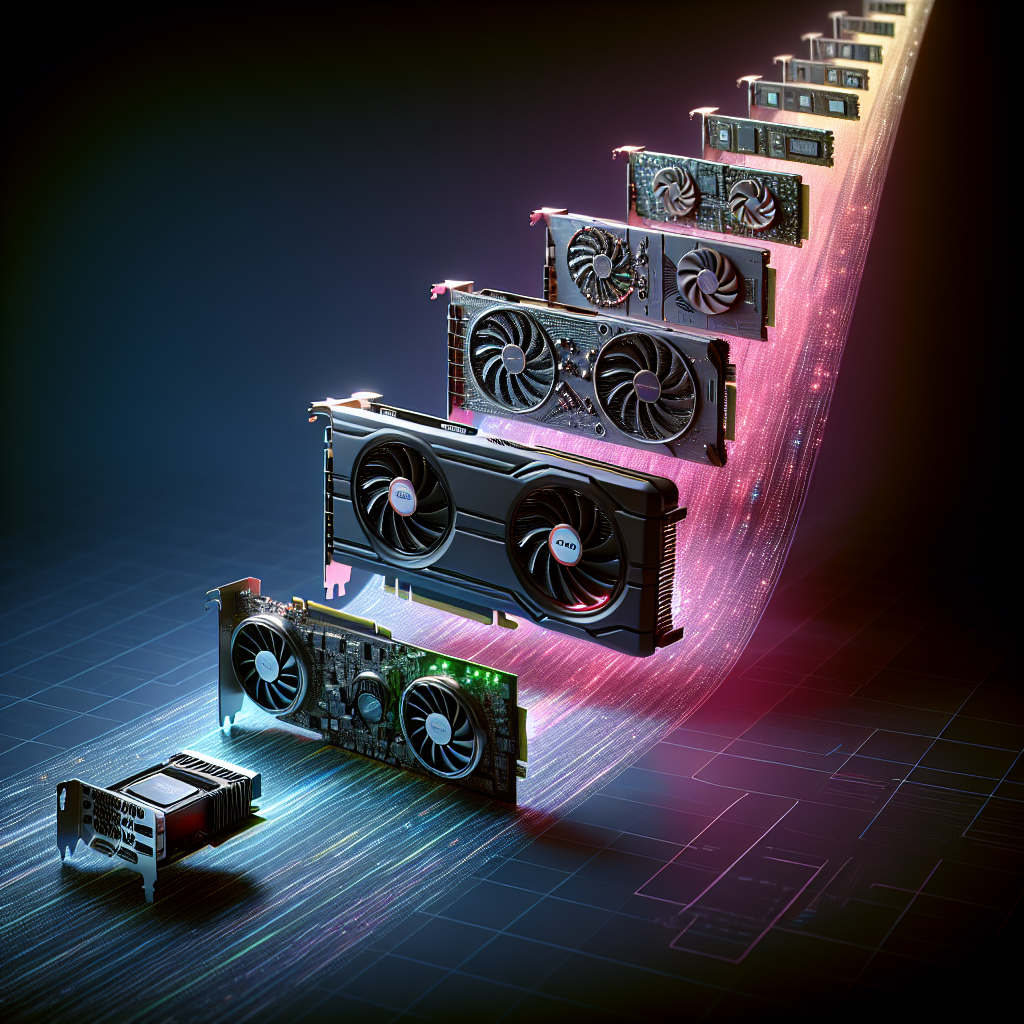Your cart is currently empty!
The Evolution of GPUs: From Graphics to General-purpose Computing

Over the past few decades, graphics processing units (GPUs) have undergone a remarkable evolution, transitioning from being used solely for rendering graphics to becoming powerful tools for general-purpose computing tasks. This transformation has been driven by the increasing demand for faster and more efficient computing solutions across a wide range of industries, from gaming and entertainment to scientific research and artificial intelligence.
The origins of GPUs can be traced back to the early days of computer graphics, when dedicated hardware was needed to render complex images and animations in real-time. These early GPUs were designed to handle specific tasks related to graphics processing, such as shading, texturing, and lighting, and were typically integrated into the motherboard of a computer or as a separate graphics card.
As technology advanced, so did the capabilities of GPUs. The introduction of programmable shaders in the early 2000s allowed developers to write custom code for graphics processing, enabling more realistic and immersive visual effects in games and other applications. This marked the beginning of the shift towards general-purpose computing on GPUs, as developers began to explore the potential of using these highly parallel processors for tasks beyond graphics.
In 2006, NVIDIA introduced the CUDA (Compute Unified Device Architecture) platform, which enabled developers to harness the computational power of GPUs for a wide range of parallel computing tasks. This marked a major turning point in the evolution of GPUs, as it opened up new possibilities for using these devices for scientific simulations, data processing, machine learning, and more.
Since then, GPUs have continued to evolve rapidly, with each new generation offering increased performance, efficiency, and programmability. Today, GPUs are widely used in fields such as artificial intelligence, deep learning, cryptocurrency mining, and high-performance computing, where their parallel processing capabilities are essential for handling large datasets and complex algorithms.
The emergence of frameworks like TensorFlow, PyTorch, and CUDA have further accelerated the adoption of GPUs for general-purpose computing, making it easier for developers to leverage the power of these devices for a wide range of applications. As a result, GPUs have become an indispensable tool for researchers, scientists, and developers seeking to solve complex problems and push the boundaries of what is possible in computing.
In conclusion, the evolution of GPUs from graphics processing units to general-purpose computing devices has been a remarkable journey, driven by the increasing demand for faster and more efficient computing solutions. With their parallel processing capabilities and programmability, GPUs have revolutionized the way we approach complex computing tasks, opening up new possibilities for innovation and discovery in a wide range of industries. As technology continues to advance, we can expect GPUs to play an even larger role in shaping the future of computing and driving progress in fields such as artificial intelligence, scientific research, and beyond.

Leave a Reply